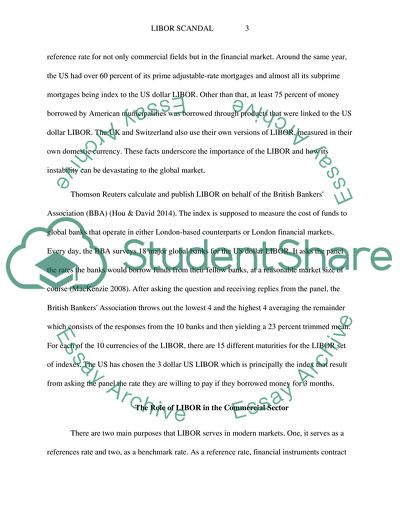Cite this document
(The Libor Scandal Essay Example | Topics and Well Written Essays - 1500 words - 1, n.d.)
The Libor Scandal Essay Example | Topics and Well Written Essays - 1500 words - 1. https://studentshare.org/finance-accounting/1861447-the-libor-scandal
The Libor Scandal Essay Example | Topics and Well Written Essays - 1500 words - 1. https://studentshare.org/finance-accounting/1861447-the-libor-scandal
(The Libor Scandal Essay Example | Topics and Well Written Essays - 1500 Words - 1)
The Libor Scandal Essay Example | Topics and Well Written Essays - 1500 Words - 1. https://studentshare.org/finance-accounting/1861447-the-libor-scandal.
The Libor Scandal Essay Example | Topics and Well Written Essays - 1500 Words - 1. https://studentshare.org/finance-accounting/1861447-the-libor-scandal.
“The Libor Scandal Essay Example | Topics and Well Written Essays - 1500 Words - 1”. https://studentshare.org/finance-accounting/1861447-the-libor-scandal.


